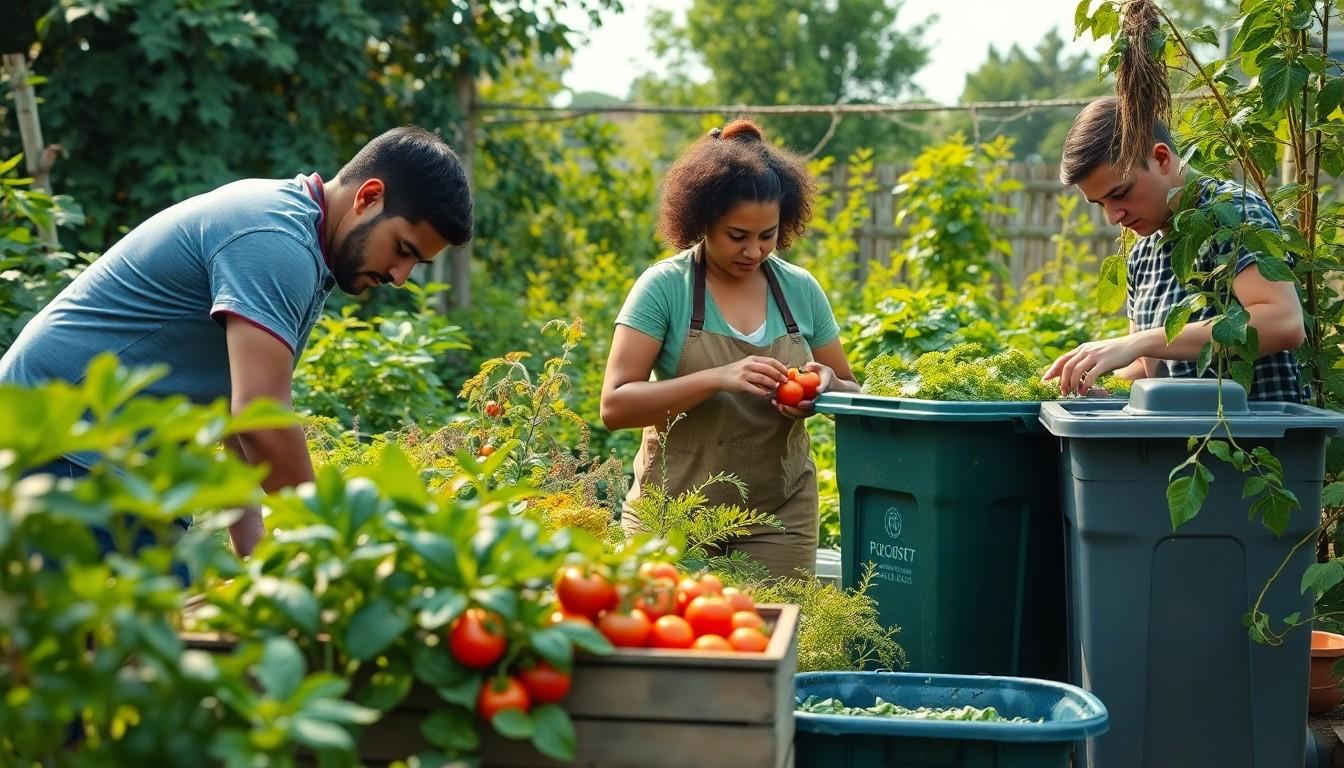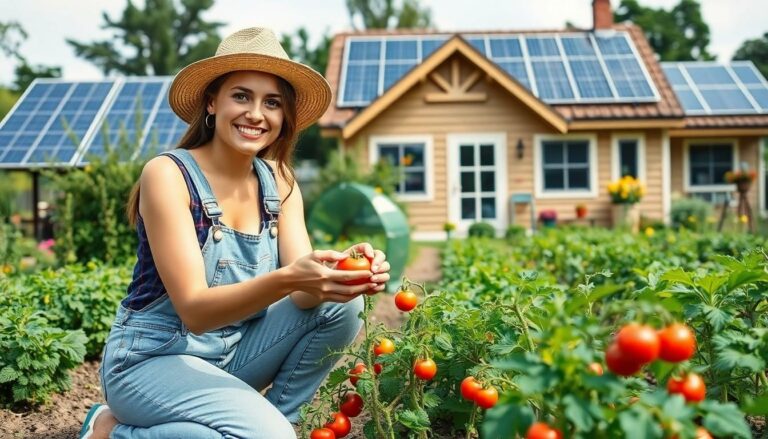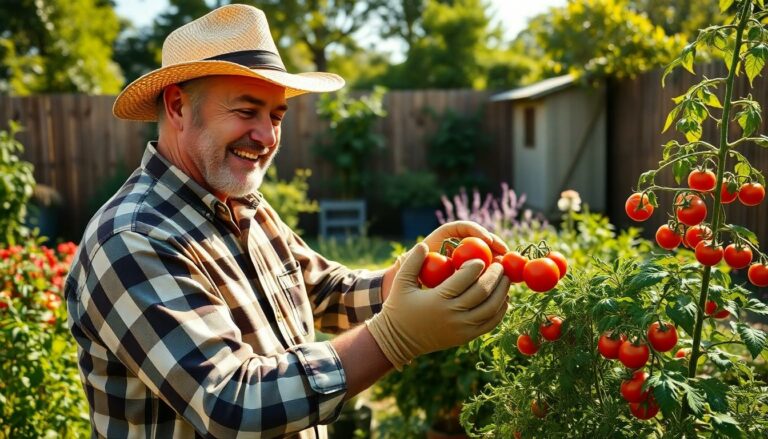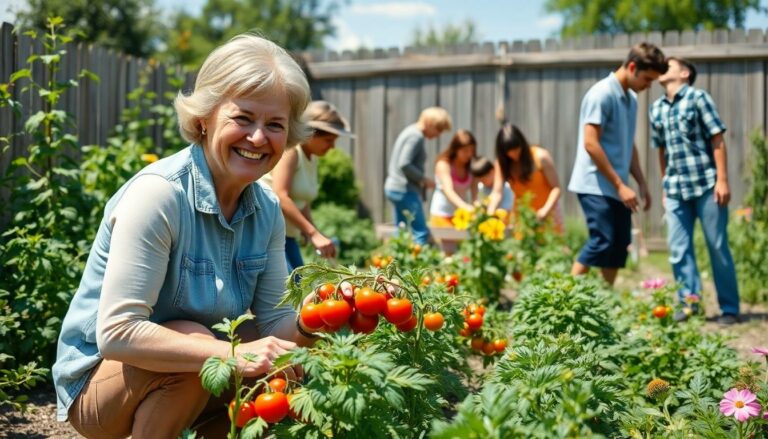In a world where dependence on external resources can feel like a game of Jenga, the self-sufficiency model steps in as the ultimate strategy to keep the tower standing. Imagine a life where you’re not scrambling for groceries or relying on the whims of the economy. Instead, you’re growing your own veggies, harnessing renewable energy, and maybe even brewing your own kombucha. Sounds idyllic, right?
This model isn’t just about living off the grid—it’s about embracing a lifestyle that empowers individuals and communities alike. By adopting self-sufficiency principles, people can reduce their carbon footprint, save money, and unleash their inner homesteader. So grab your gardening gloves and get ready to dig into the world of self-sufficiency, where independence is the name of the game and every day is a chance to cultivate something great.
Self Sufficiency Model
Self-sufficiency emphasizes reliance on personal and communal resources, reducing external dependencies. Individuals cultivate food gardens, harness renewable energy sources, and engage in various sustainable practices. This lifestyle choice promotes environmental responsibility and personal empowerment.
Growing food provides vital nutrients while fostering a connection to the land. It reduces carbon footprints by minimizing transportation impacts. Engaging in renewable energy sources, such as solar or wind power, further supports sustainable living. Renewable systems lower energy costs and enhance energy independence.
Communities embracing self-sufficiency often witness enhanced resilience. Collaboration among neighbors strengthens social ties and builds local economies. Sharing resources—such as tools or knowledge—creates a supportive environment, fostering innovation.
Various self-sufficiency practices emerge, offering diverse benefits. Home brewing, for instance, not only produces unique beverages but also serves as a rewarding hobby. Crafting services like soap making or woodworking encourages creativity while promoting self-reliance.
Living a self-sufficient lifestyle cultivates a profound sense of fulfillment. Individuals experience empowerment from mastering skills necessary for everyday living. Financial savings contribute to long-term stability, reducing reliance on commercial products. The self-sufficiency model encourages a sustainable future for both individuals and communities.
As more people seek independence, the self-sufficiency model gains traction. Adopting these principles leads to healthier lifestyles, stronger communities, and a more sustainable planet. Ultimately, this shift toward self-reliance highlights individuals’ capacity to create positive change.
Key Principles of Self Sufficiency Model

The self-sufficiency model thrives on core principles that enhance independence and sustainability. These principles guide individuals and communities in reducing reliance on external resources.
Economic Independence
Economic independence forms the foundation of self-sufficiency. Achieving this independence enables families to manage expenses effectively and allocate resources wisely. People grow their own food, which drastically cuts grocery bills. Skills like canning or preserving extend the life of seasonal produce, promoting budget-friendly eating. Individuals leveraging renewable energy sources, such as solar panels, reduce energy-related costs and increase self-reliance. This approach fosters financial stability by minimizing waste and maximizing savings. Communities sharing resources also support economic independence, as communal tools and skills lower individual expenses while building resilience.
Sustainable Practices
Sustainable practices are integral to the self-sufficiency model. Composting, for instance, turns organic waste into valuable soil amendments, reducing landfill contributions. Incorporating rainwater harvesting systems promotes efficient water use, significantly decreasing dependency on municipal supplies.
Growing gardens enhances local biodiversity while providing fresh produce. Utilizing permaculture principles fosters long-term agricultural sustainability, paving the way for healthy ecosystems. Activities like DIY projects encourage resource reuse and creativity, minimizing waste and nurturing self-sufficiency. Individuals engaged in these practices create a culture focused on environmental responsibility, which ultimately contributes to a healthier planet.
Applications of Self Sufficiency Model
The self-sufficiency model finds extensive applications in both agriculture and community settings. Adopting these practices enhances sustainability and fosters self-reliance.
In Agriculture
Agriculture benefits significantly from the self-sufficiency model through practices like permaculture and home gardening. Growing food locally reduces transportation emissions and ensures freshness. Urban farms, for instance, transform vacant lots into productive spaces, allowing communities to access organic produce. Rotational grazing improves soil health and increases biodiversity on farms. Techniques such as vertical gardening and aquaponics maximize space efficiency, making it easier for individuals to cultivate vegetables and fish. Utilizing seeds from heirloom varieties preserves genetic diversity while promoting resilience against pests. These agricultural approaches enable people to enjoy nutritious food while decreasing their reliance on commercial food systems.
In Communities
Communities thrive through the self-sufficiency model by fostering collaboration and resource sharing. Neighborhood groups often organize tool libraries that allow residents to borrow equipment, reducing individual costs and promoting sustainability. Such initiatives strengthen social ties while encouraging efficiency among locals. Community gardens serve as spaces for residents to grow food cooperatively, reinforcing a sense of belonging. Workshops on skills like canning and crafting create opportunities for knowledge sharing, empowering individuals with practical capabilities. Social enterprises that focus on local goods foster economic growth and promote ethical consumption. Group efforts in these areas create resilient networks that enhance overall community strength and self-reliance.
Benefits of Implementing Self Sufficiency Model
Implementing a self-sufficiency model offers significant advantages at individual and community levels. First, reduced reliance on external resources leads to substantial cost savings over time. Growing food at home cuts grocery bills and ensures access to fresh produce, ultimately enhancing nutrition.
Moreover, utilizing renewable energy significantly lowers energy costs and promotes energy independence. Solar panels or wind turbines provide clean energy, contributing to financial savings and environmental sustainability. Assigning resources efficiently, such as water through rainwater harvesting, supports an eco-friendly lifestyle.
Resilience strengthens within communities that adopt self-sufficiency principles. Collaborative efforts, like sharing tools or knowledge, create a supportive network among neighbors. Local economies benefit from these initiatives, increasing self-reliance and fostering innovation in various practices.
Educational workshops on practical skills empower individuals to engage in sustainable practices, building confidence while minimizing waste. Creativity flourishes through activities like home crafting or brewing. Each experience supports self-reliance and cultivates a rewarding and fulfilling lifestyle.
Personal empowerment grows alongside the practice of self-sufficiency. Mastering essential skills, such as canning or composting, instills a sense of pride and accomplishment. A commitment to sustainability fosters deeper connections to the environment and community.
Ultimately, the self-sufficiency model cultivates healthier minds and bodies. Stronger communities emerge, equipped to face challenges and adapt to change. Choosing this lifestyle enhances overall well-being while contributing to a healthier planet. A shift toward self-reliance highlights the capacity to make positive changes locally and globally.
Challenges and Criticisms
Self-sufficiency models face various challenges and criticisms that impact their widespread adoption. High initial costs often deter individuals from investing in solar panels or setting up a home garden. Limited access to resources can hinder efforts, especially for those living in urban areas where space is restricted.
Skills required for effective self-sufficiency aren’t always readily available, creating a barrier for many. Individuals may lack the knowledge needed for sustainable practices like permaculture. Moreover, time constraints complicate the situation, as many prefer the convenience of traditional grocery shopping over growing their own food.
Critics also point out the potential for social isolation. While self-sufficiency fosters independence, it may lead individuals away from communal activities and relationships that build social networks. This disconnection can diminish the collective resilience that self-sufficient communities strive to achieve.
Reliance on weather patterns presents another obstacle. Crop failure from droughts or floods underscores the fragility of self-sufficient food systems. Individuals dependent solely on homegrown produce may face food insecurity during adverse climatic conditions.
Economic viability often raises questions. Critics argue that self-sufficiency might not be feasible for everyone, especially low-income families whose priorities differ. Sustainable practices require consistent commitment, which can be challenging for those juggling multiple responsibilities.
Finally, while self-sufficiency promotes environmental responsibility, it doesn’t fully address systemic issues like socioeconomic disparity. Emphasizing individual responsibility might distract from the need for broader policy changes that ensure equitable access to resources.
More Sustainable Planet
Embracing the self-sufficiency model offers individuals and communities a pathway to greater independence and sustainability. By prioritizing local resources and renewable practices, people can significantly reduce their reliance on external systems while fostering a sense of empowerment. This lifestyle not only enhances personal well-being but also strengthens community ties through collaboration and shared knowledge.
As more individuals adopt these principles, the potential for positive environmental impact and economic resilience grows. While challenges exist, the benefits of self-sufficiency encourage a shift toward a more sustainable future. Ultimately, this movement represents a collective effort to create healthier lifestyles and more vibrant communities, paving the way for a more sustainable planet.




